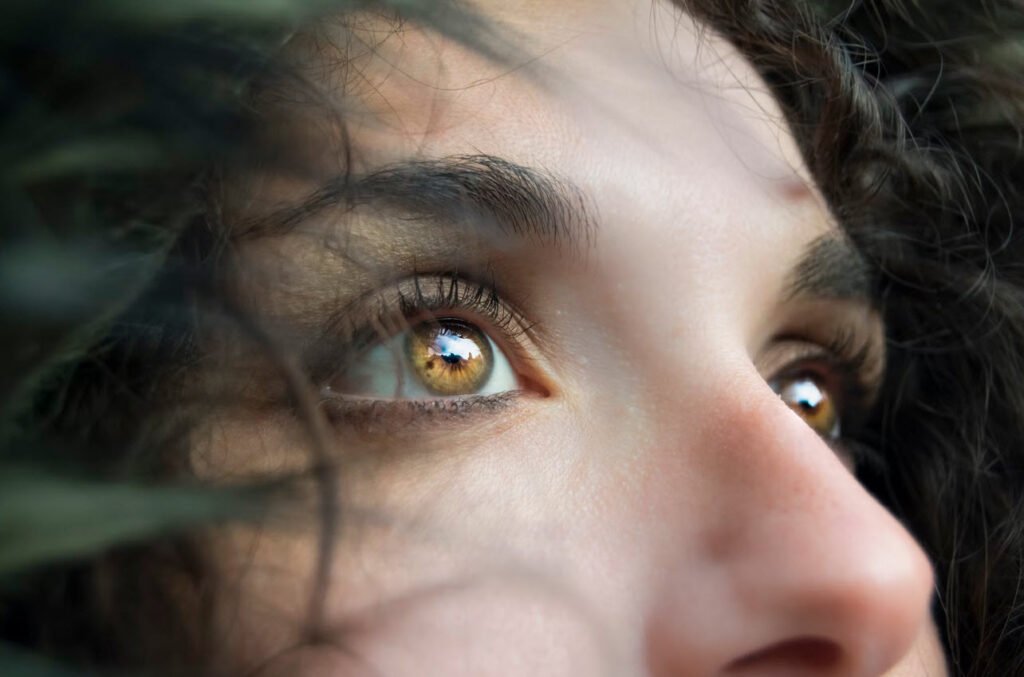
The world of eye health can be a perplexing one, especially when faced with terms like cataracts and glaucoma. These eye diseases share a common consequence – decreased visual acuity – which often leads to confusion.
However, beneath the surface, they are distinct conditions with unique causes, symptoms, and treatment approaches. Let’s delve into the nuances of cataracts and glaucoma to understand their differences.
What Are Cataracts?
Cataracts are a prevalent eye condition characterized by the clouding of the eye’s natural lens. This clouding can cause visual impairment, often described as looking through a foggy or frosty window. Cataracts are most frequently diagnosed in elderly patients, but they can develop at any age. They may arise from various factors, such as aging, injury, or even genetic predisposition.
Symptoms of Cataracts
The symptoms of cataracts can include blurry vision, difficulty seeing in low light conditions, sensitivity to glare, and a noticeable reduction in contrast and color perception. Some individuals describe cataracts as though they are looking through a yellow or brownish tint.
Treatment for Cataracts
Fortunately, cataracts are treatable, and surgery is the most effective method of intervention. During cataract surgery, the clouded natural lens is removed and replaced with an intraocular lens (IOL). This artificial lens not only restores clear vision but can also address other visual issues, like astigmatism.
What Is Glaucoma?
Glaucoma is a complex of pathological changes that affect the optic nerve and can lead to vision loss. The hallmark of glaucoma is an increase in intraocular pressure, which results from impaired drainage of the eye’s aqueous humor (fluid). This condition can damage the optic nerve over time, leading to permanent vision loss.
Symptoms of Glaucoma
Unlike cataracts, glaucoma often develops without noticeable symptoms in the early stages. This is why it’s often referred to as the “silent thief of sight.”
As the condition progresses, individuals may experience a gradual loss of peripheral vision, leading to tunnel vision and, eventually, central vision impairment.
Treatment for Glaucoma
The treatment for glaucoma focuses on reducing intraocular pressure to prevent further optic nerve damage. Eye drops are the primary mode of treatment, as they help improve fluid outflow from the eye and lower pressure. In some cases, laser therapy or surgery may be recommended when drug therapy is insufficient to maintain eye pressure within the normal range.
It’s important to note that while glaucoma progression can be slowed or halted with treatment, any vision loss due to glaucoma is usually irreversible.
In conclusion, cataracts and glaucoma are distinct eye conditions with different underlying causes, symptoms, and treatment strategies. Cataracts primarily involve the clouding of the eye’s natural lens, leading to vision impairment, while glaucoma revolves around elevated intraocular pressure and its damaging impact on the optic nerve.
Understanding these differences is essential for proper diagnosis, management, and preserving the gift of sight. If you suspect any eye issues or experience changes in your vision, consulting with an eye care specialist is the first step toward accurate diagnosis and effective treatment.








